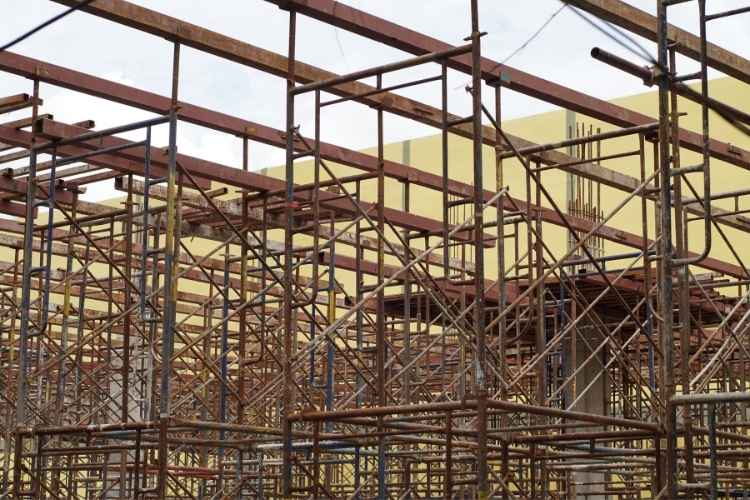One may not realise how many different forms of scaffolds there are since no one creates, utilise, or dismantle them regularly. While all of them serve the same goal, other jobs necessitate different kinds.
Some of these are erected to a single level, while others can reach vast heights. You may easily choose from various scaffold options for your construction project by comprehending each scaffolding type’s meaning, application, goal, and outcomes.
Scaffolding structures vary based on the type of project and its specifications. It must be composed of high-quality materials since it supports construction personnel and materials like wood or steel.
Scaffolding for Trestles
As the name implies, this sort of scaffolding is sustained by tripod-style portable ladders. It is typically utilised indoors, such as for maintenance or painting projects. Trestle Scaffolding is only suitable for indoor use because its maximum height is only 5 metres.
Patented Scaffolding
This form of scaffolding is similarly composed of steel, but it is prefabricated and comes with unique couplings, frames, and other features. Scaffoldings are easily obtainable and are positioned on the brackets. Depending on the scaffolding type, these brackets could be changed to the desired level.
Cantilever Scaffolding
Cantilever Scaffolding, also called Single Frame Scaffolding, has limited utility and necessitates several inspections before installation. The levels are sustained by a string of pins taken out of the holes in the floor.
Another form of Cantilever Scaffolding is a double frame scaffold, which supports the needles within the floors rather than against the wall. When creating Cantilever Scaffolding, one must be very cautious and execute all necessary measures. The situations where this form of scaffolding is suggested are listed below:
- The upper portion of the walls
- The land seems unable to support the requirements.
- The ground is near to the walls and traffic-free.
Double Scaffolding
Double scaffolding, often termed Independent Scaffolding, is primarily used for stone masonry. Two scaffoldings are combined to produce a robust structure because it is tough to drill holes in stones to maintain the putlogs.
The first line is 20 to 30 cm from the wall, whereas the other is 1 metre distant. The putlogs then are placed with the help of both frames. Rakers and cross braces are added to stiffen the scaffold.
Steel Scaffolding
As the name implies, this scaffolding type is made out of steel tubes connected by couplers and therefore is simple to install and disassemble. Steel Scaffolding has a lot of advantages, but it’s also more expensive. However, it provides higher safety requirements during construction.
The design is heat-resistant and offers strength and longevity. Despite its high price, it is among the most preferred Scaffolding options today due to its numerous advantages. Steel scaffolding is typically utilised for larger constructions and outdoor projects.
Kwikstage Scaffolding
The Kwikstage Scaffolding system is made of rugged galvanised steel and is known for its ease of installation. It is utilised for large and small building projects since it is easy to assemble and disassemble.
Kwikstage Scaffolding can readily replace traditional scaffolding systems, providing a safer and more stable working platform. Thanks to its sturdy and safe interlocking technology, the revolutionary Kwikstage modular system is adaptable to any required height.
Conclusion
The scaffoldings listed here are among the most commonly used and effective scaffoldings within the construction sector. Proper understanding and application of various scaffoldings will allow you to select the appropriate scaffolding for your construction project while maintaining complete safety.
